TOPIC
Calibration process
.png)
Aug 23, 2024
Calibration Process Savings Calculator [Online calculator]
Are you ready to uncover potential savings within your calibration processes? In this blog, we’re ...
.png)
Jul 04, 2024
Revolutionizing calibration services with technology - case story [webinar]
In today's fast-paced world, managing calibration services efficiently is critical. At Douglas ...
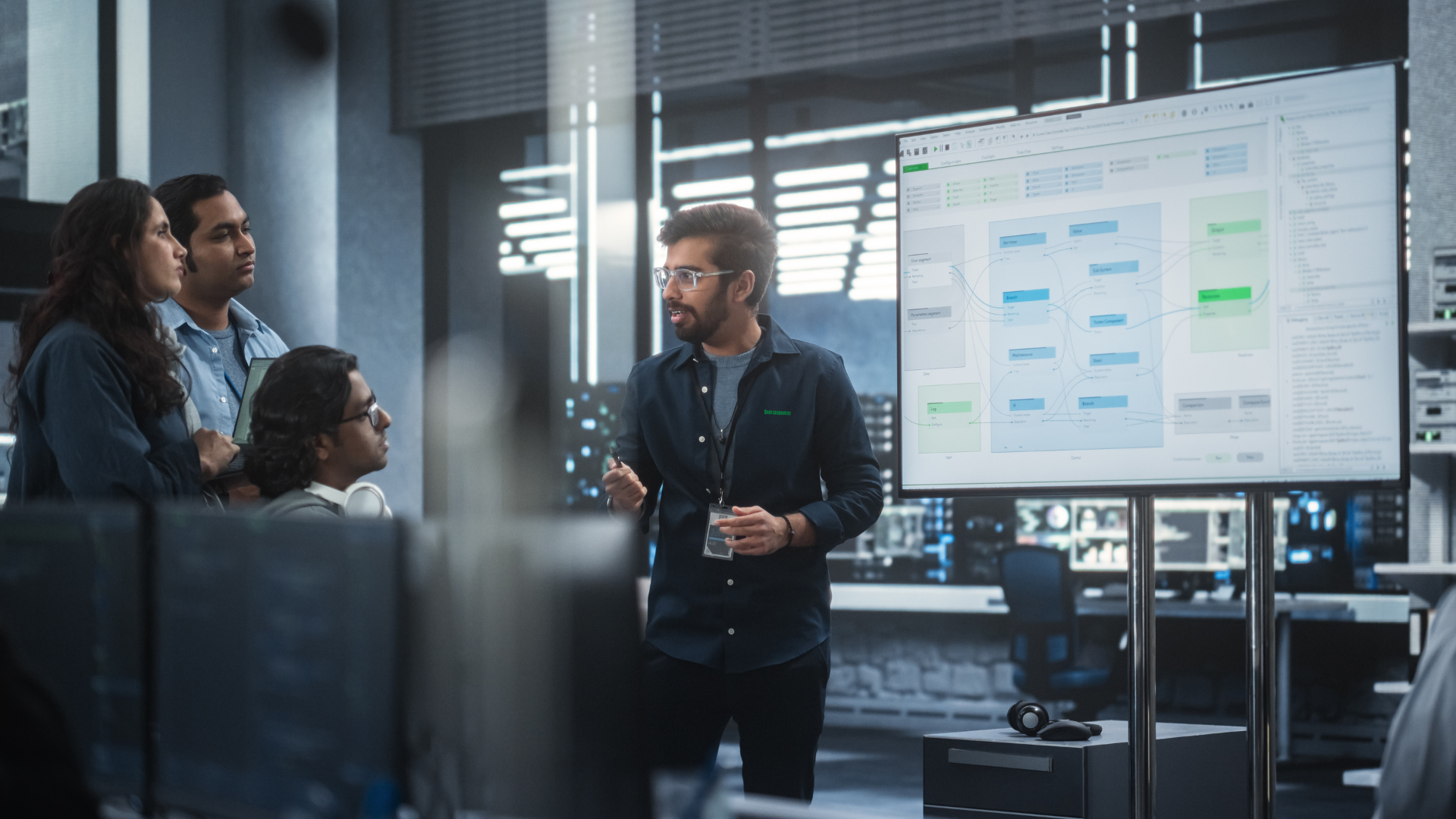
Apr 03, 2024
With empathy to excellence - The secret to great customer service
Empathy is an essential element of great customer service. Along with understanding, it’s the most ...

Aug 08, 2023
How Douglas Calibration Services reduces technicians’ workload and stress [Case Story]
Beamex LOGiCAL Calibration Management Software has helped Douglas Calibration Services improve ...
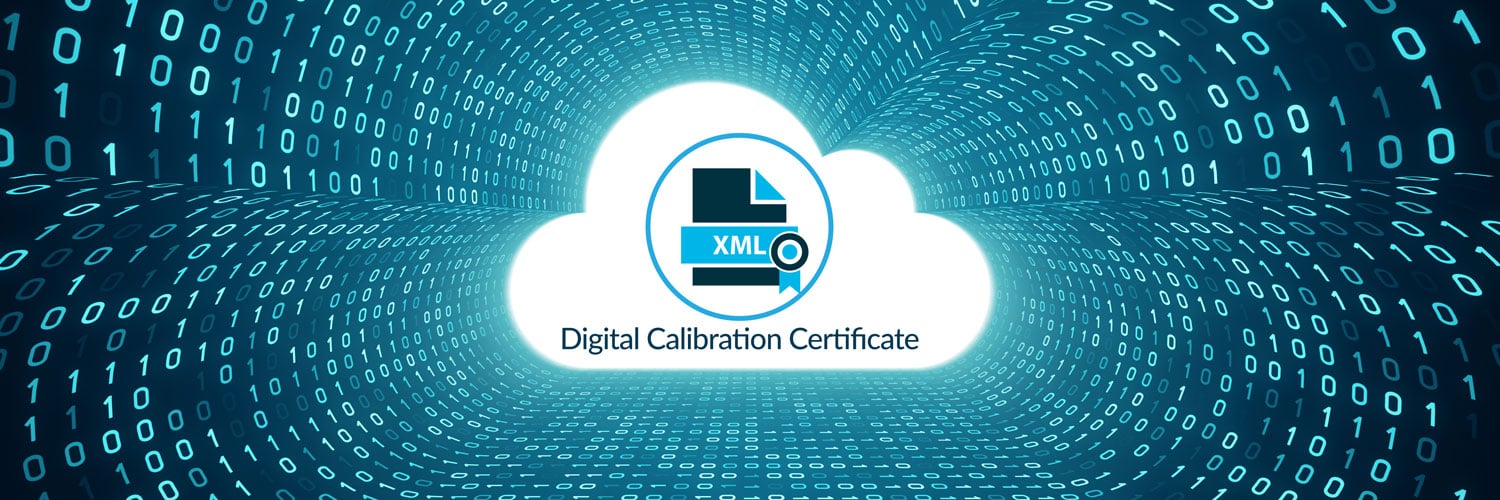
Jun 15, 2023
Digital Calibration Certificate (DCC) – What is it and why should you care?
The digitalization of metrology has been slower than in many other fields, and calibration ...
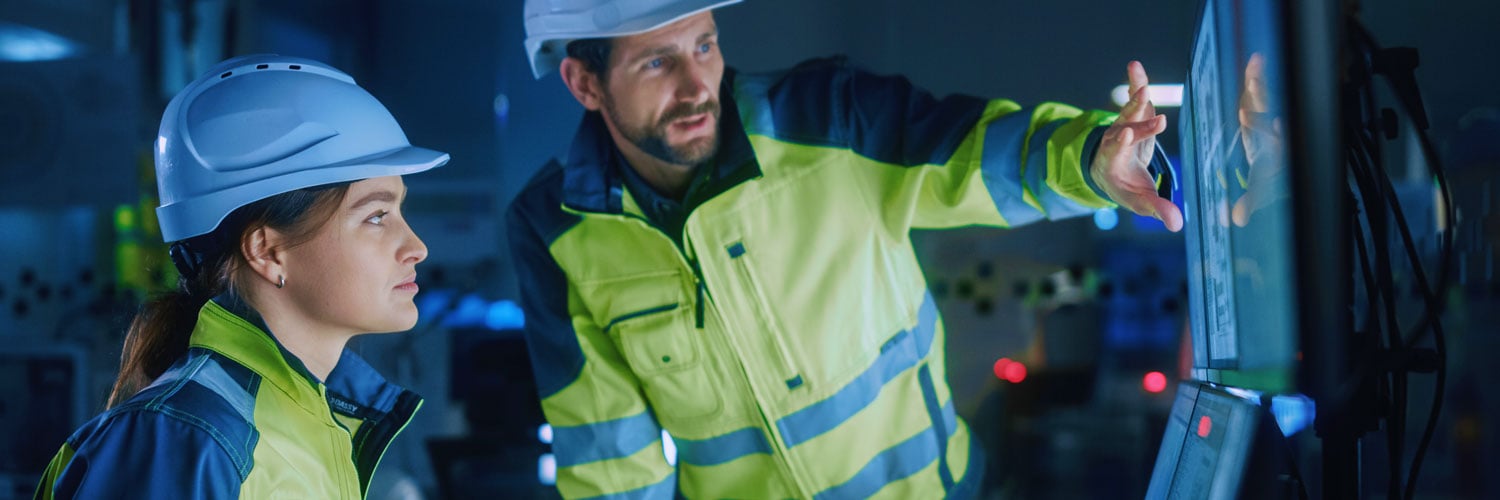
Apr 26, 2023
CMMS calibration module or dedicated calibration software?
When your computerized maintenance management system (CMMS) already has a calibration module, why ...
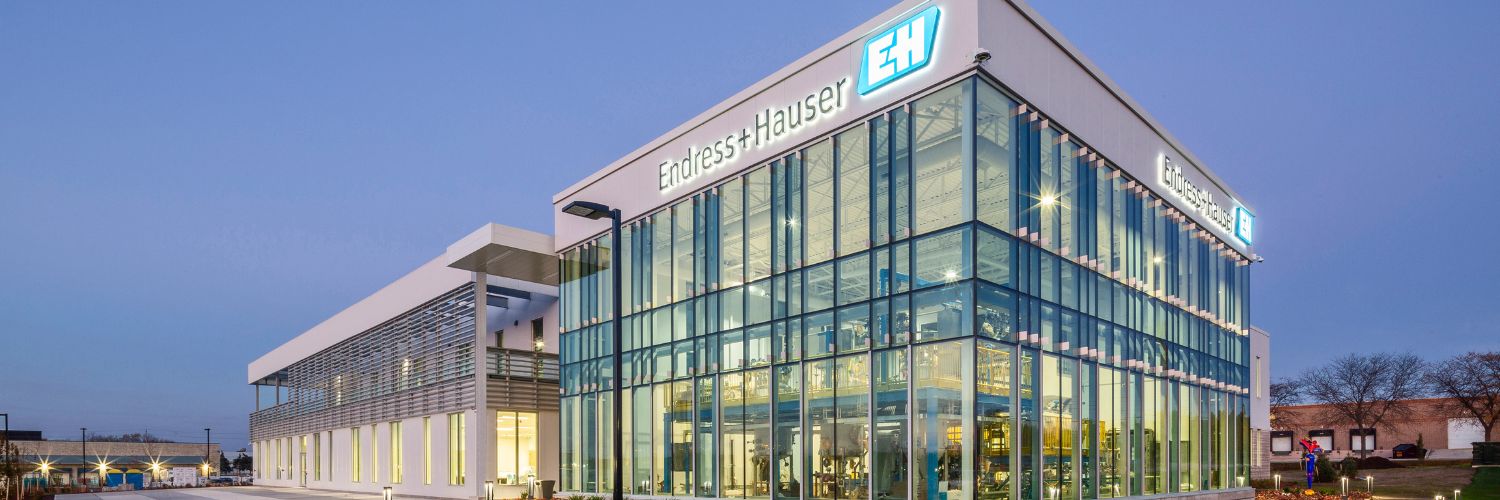
Oct 19, 2022
Working workshop wonders with Endress+Hauser [Case Story]
A customized Beamex solution including hardware and software sits at the heart of Endress+Hauser’s ...
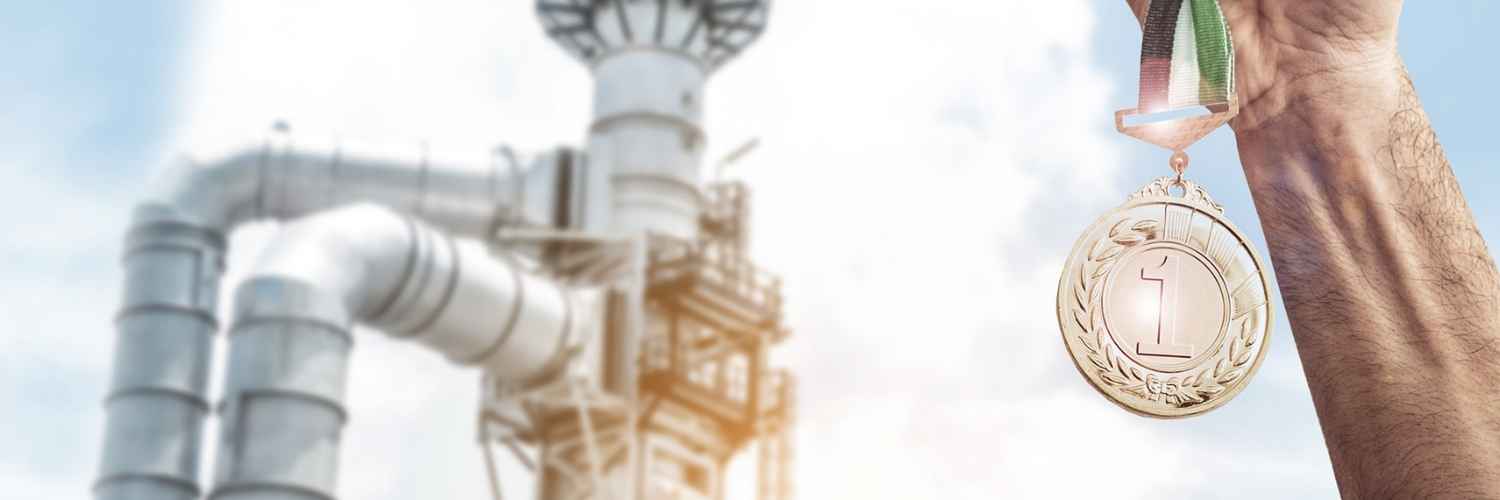
Aug 31, 2022
What does operational excellence mean? How calibration can help to improve?
In this article, we’re going to take a closer look at a topic that’s talked about a lot but isn’t ...
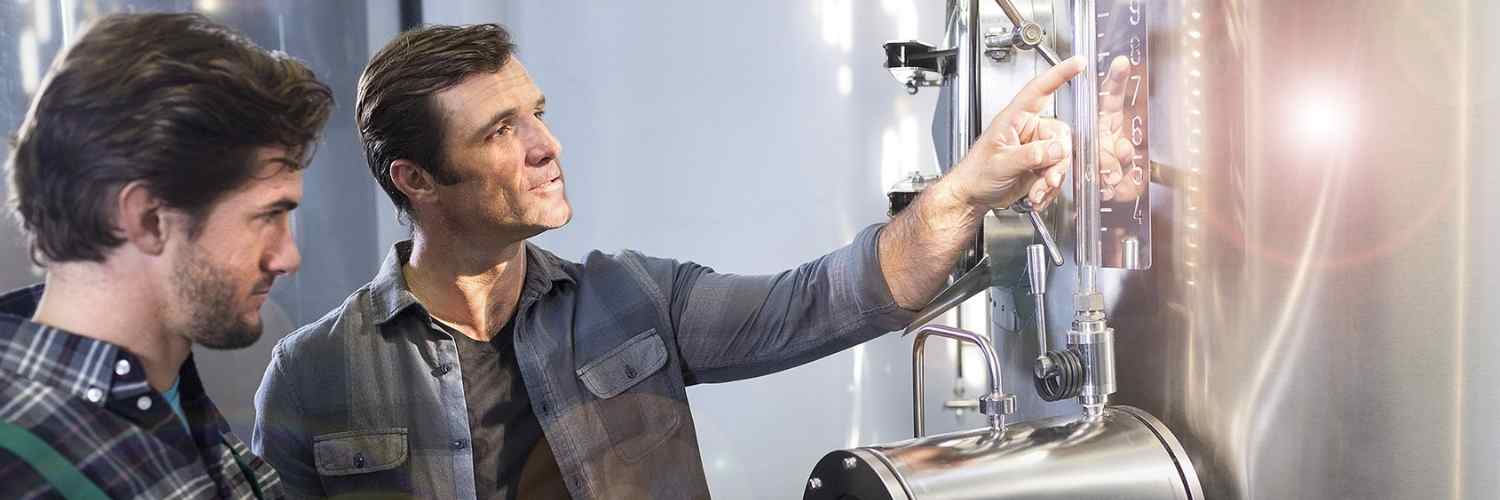
Jul 06, 2022
How automated calibration can help service companies be more competitive
Service companies that perform calibrations for the process industries operate in a challenging ...
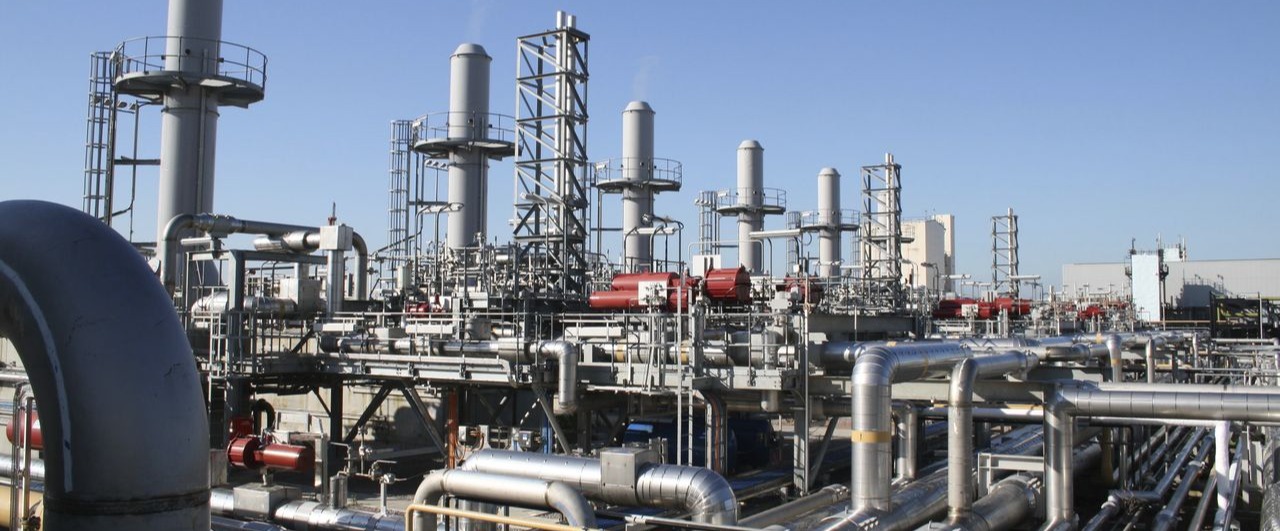
May 30, 2022
Stepping on the gas with the UK’s National Grid[Case Story]
Beamex’s automated, paperless calibration solution has helped National Grid streamline its ...
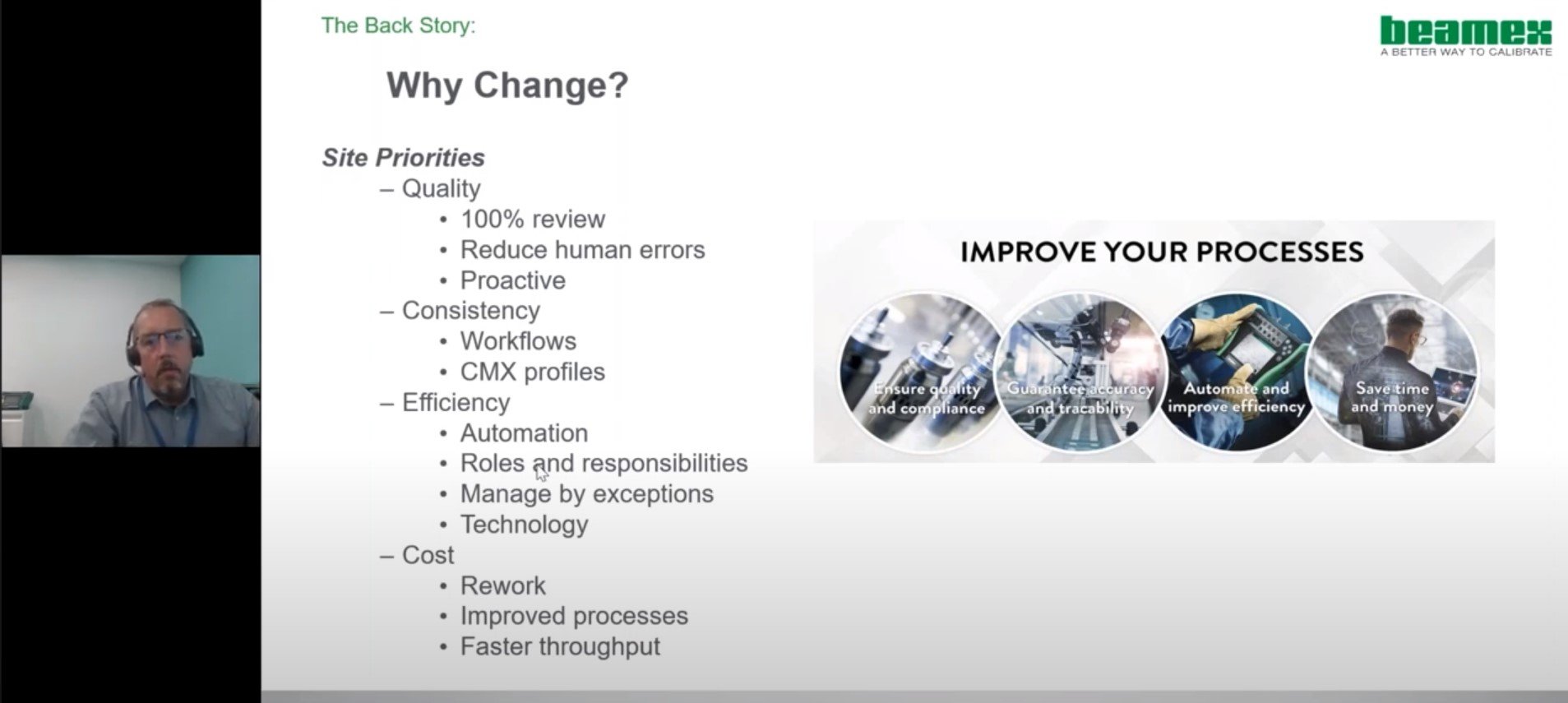
Jan 11, 2022
Calibration management - transition from paper-based to digital
A Tale of Three Steves Stephen Jerge, Calibration Supervisor for Lonza Biologics, a multinational ...

Mar 25, 2021
Manual Data Entry Errors
Many businesses still use a lot of manual entry in their industrial processes. This is despite the ...
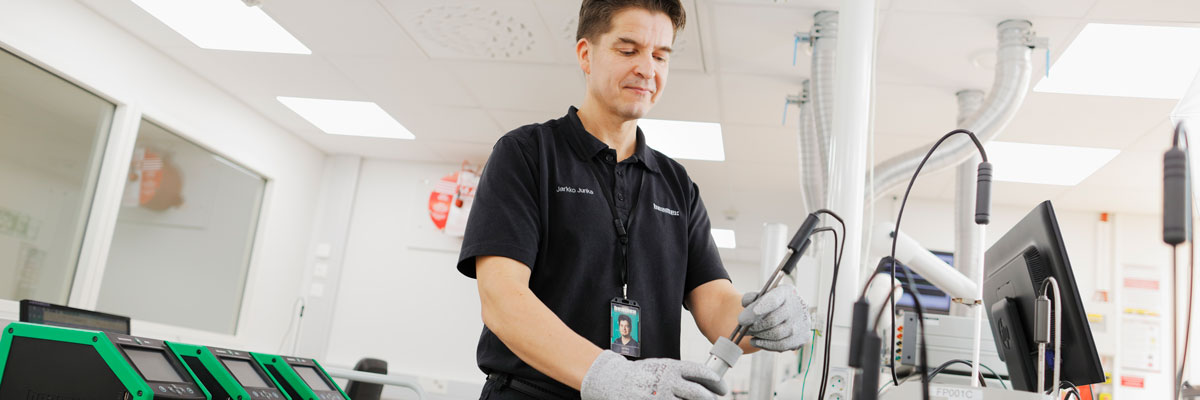
Feb 23, 2021
How to choose a calibration laboratory - 13 things to consider
So you have invested in some new, accurate calibration equipment. Great! But as with many other ...
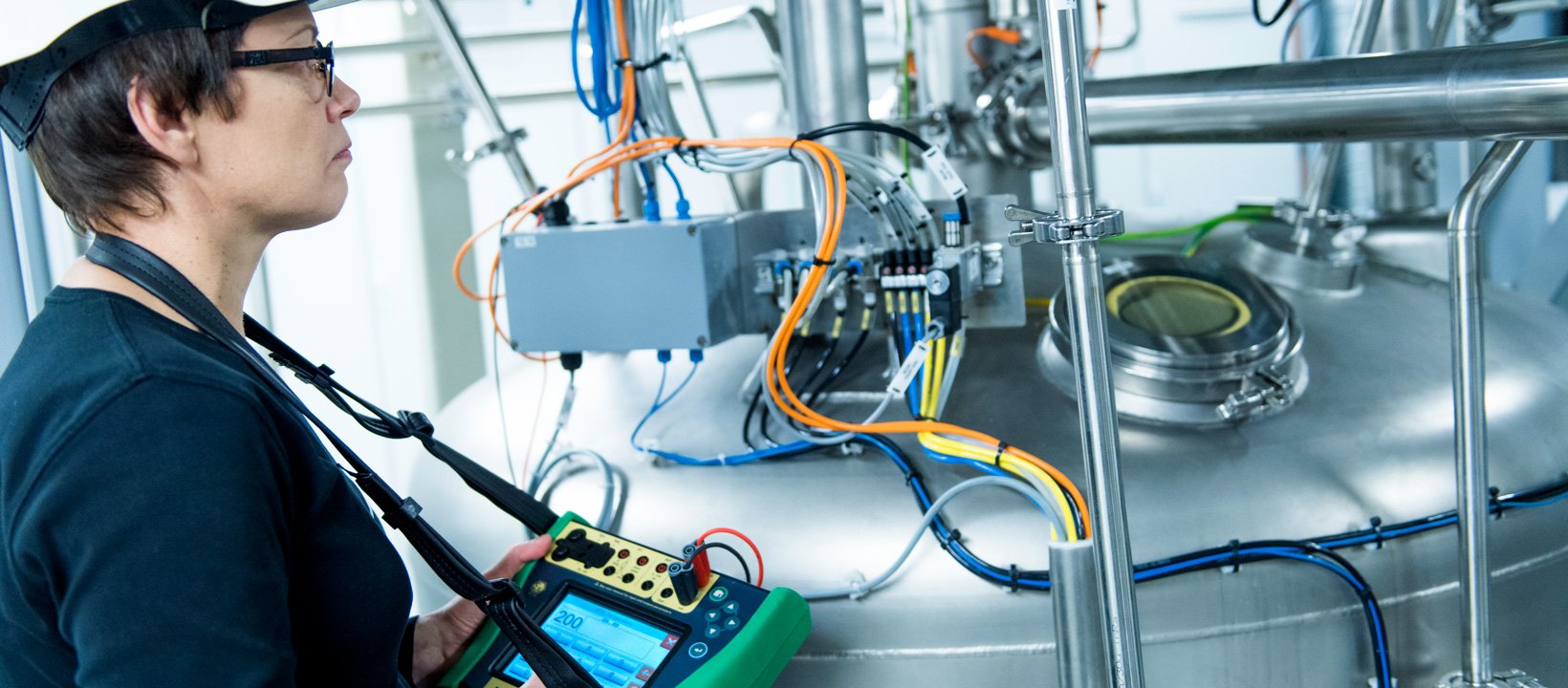
Apr 24, 2019
Optimal Calibration Parameters for Process Instrumentation
Many calibration technicians follow long-established procedures at their facility that have not ...

Nov 19, 2018
Do more with less and generate ROI with an Integrated Calibration Solution
Process instrument calibration is just one of the many maintenance related activities in a process ...

May 30, 2018
Using Metrology Fundamentals in Calibration to Drive Long-Term Value
This article discusses some critical items to address for a calibration program based on sound ...
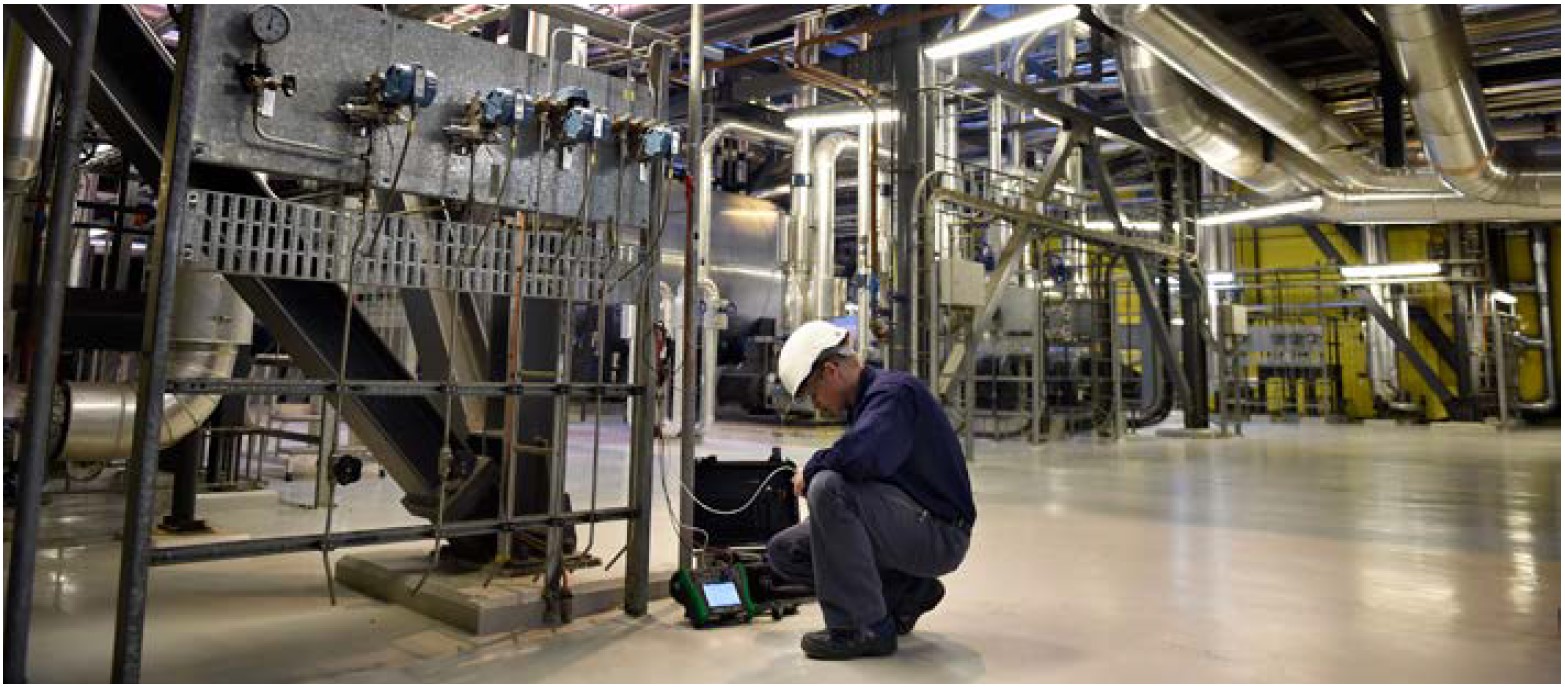
Sep 14, 2016
How a modern calibration process improves power plant performance
Today we will take a quick look into a power plant and discuss why it is beneficial to have a ...
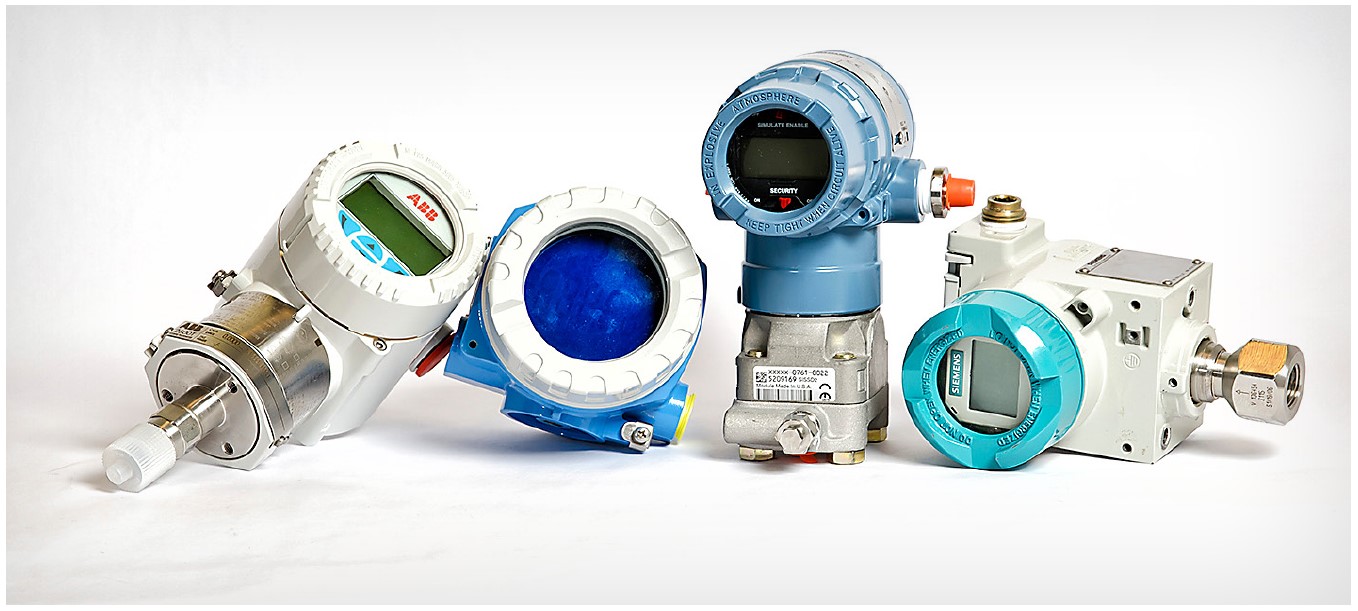
Sep 09, 2016
Why must also "Smart" transmitters be calibrated?
The so called "Smart" transmitters are getting ever more popular in the process industry, but what ...
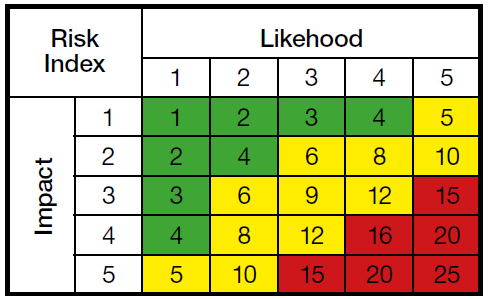
Sep 07, 2016
ISO9001:2015 – how do the changes affect your calibration process?
The ISO9001 standard was revised in 2015. In this blog, I will examine the main changes. And as I ...
.png)
Mar 01, 2016
The key aspects of building a calibration system business case
An investment into calibration equipment and systems must be financially justified, just like any ...
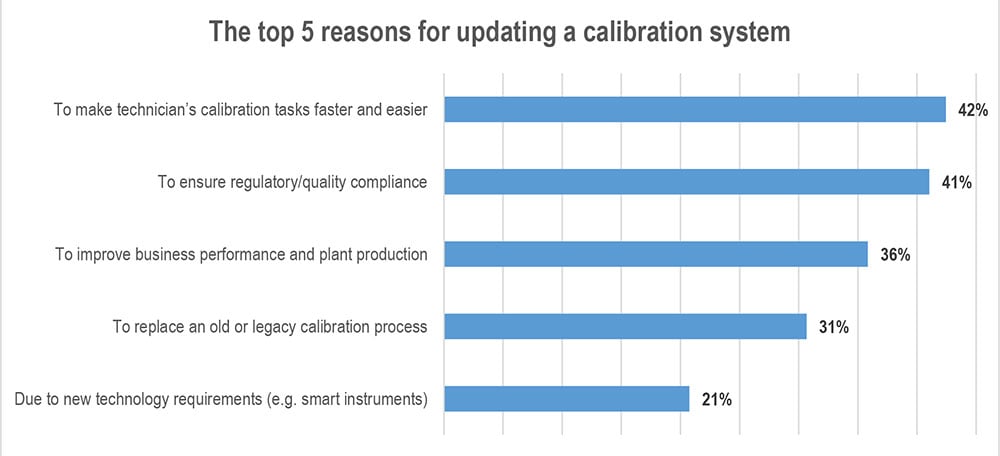
Dec 07, 2015
Top 5 reasons why companies update their calibration systems
As many as every fourth company in the process industry is at the moment considering to make some ...